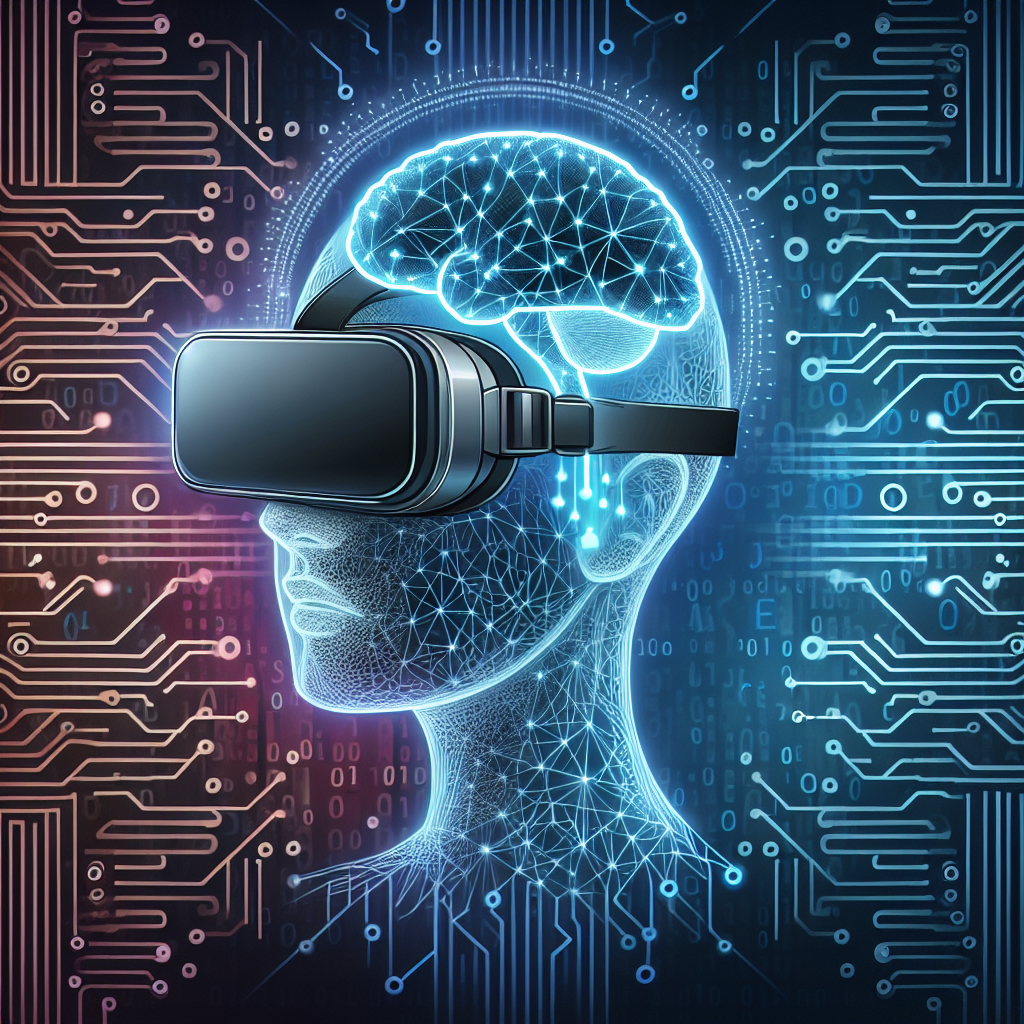Generative AI: A Game-Changer for Virtual Reality
In recent years, the combination of generative artificial intelligence (AI) and virtual reality (VR) has been on the rise, leading to the development of groundbreaking technologies and experiences. Generative AI refers to machine learning algorithms that are capable of creating new content, such as images, videos, and even entire virtual worlds, based on patterns and data they have been trained on. When applied to virtual reality, generative AI has the potential to revolutionize the way we interact with virtual environments and create immersive experiences like never before.
Generative AI in VR has the ability to generate realistic and dynamic content in real-time, allowing for more interactive and engaging virtual experiences. This technology can be used to create lifelike avatars, realistic environments, and even generate new content on the fly based on user interactions. By leveraging generative AI, developers can create virtual worlds that are more dynamic, responsive, and personalized to each user.
One of the key advantages of generative AI in VR is its ability to enhance immersion and realism. By generating realistic environments and characters, generative AI can create a more believable and engaging virtual experience. This can lead to a more immersive and interactive virtual reality experience, where users feel like they are truly part of the virtual world.
Generative AI can also be used to create personalized experiences in VR. By analyzing user data and preferences, generative AI algorithms can generate content that is tailored to each individual user. This can lead to more engaging and personalized experiences in VR, where each user feels like the virtual world has been created just for them.
Another important application of generative AI in VR is in content creation. Generative AI algorithms can be used to generate new content, such as textures, models, and animations, that can be used to populate virtual environments. This can streamline the content creation process and allow developers to quickly and easily create realistic and dynamic virtual worlds.
Generative AI can also be used to enhance social interactions in VR. By generating lifelike avatars and realistic environments, generative AI can create a more social and immersive experience for users. This can lead to more engaging and interactive social interactions in VR, where users feel like they are truly interacting with other people in a virtual space.
Overall, generative AI has the potential to be a game-changer for virtual reality, enabling more immersive, interactive, and personalized experiences. By leveraging generative AI algorithms, developers can create virtual worlds that are more realistic, dynamic, and engaging than ever before.
FAQs
Q: What is generative AI?
A: Generative AI refers to machine learning algorithms that are capable of creating new content, such as images, videos, and virtual worlds, based on patterns and data they have been trained on.
Q: How does generative AI work in virtual reality?
A: Generative AI in virtual reality works by generating realistic and dynamic content in real-time, allowing for more immersive and interactive virtual experiences.
Q: What are the benefits of using generative AI in VR?
A: Generative AI in VR can enhance immersion and realism, create personalized experiences, streamline content creation, and enhance social interactions.
Q: How can generative AI be used in content creation for VR?
A: Generative AI can be used to generate new content, such as textures, models, and animations, that can be used to populate virtual environments.
Q: What are some potential applications of generative AI in VR?
A: Some potential applications of generative AI in VR include creating lifelike avatars, realistic environments, generating personalized experiences, and enhancing social interactions.
In conclusion, generative AI is poised to be a game-changer for virtual reality, offering new possibilities for immersive, interactive, and personalized experiences. By leveraging generative AI algorithms, developers can create virtual worlds that are more realistic, dynamic, and engaging than ever before. As this technology continues to advance, we can expect to see even more innovative applications of generative AI in virtual reality, shaping the future of immersive experiences for years to come.

